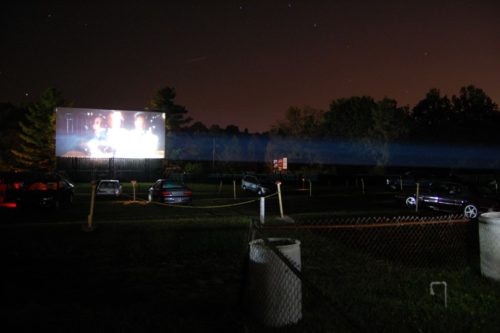
Summer nights and movies remain a perfect match. Blockbuster season brings out the biggest films and stars, but it’s also the prime time for that most American of cinematic venues: the drive-in. This month, we mark the 85th anniversary of that simple, but quietly revolutionary, idea of watching a film from the comfort of your own automobile.
In their heyday, drive-ins made for a unique family movie-going experience. Locations frequently included playgrounds, picnic tables, and other attractions that enticed families to arrive early. Costs could be lower per carload than buying individual tickets, making it more affordable. By the end of the 1950s, more than 4,000 drive-ins dotted the landscape in the U.S. For many, it become a regular, and iconic, event to head to the drive-in on the weekend.
The idea officially came to life on June 6, 1933. Richard Hollingshead of Camden, New Jersey, was trying to solve the problem of the discomfort that his mother experienced in traditional movie theater seating. Hollingshead worked for his father’s company, Whiz Auto Products. His mother’s dilemma and his natural workday surroundings coalesced into a vision of an outdoor screen where you could take in a film from your own car.
From that premise, Hollingshead experimented with projectors and screen types. He tried to figure out ways to deal with rain, as well as calculating what the ideal spacing between cars should be. Hollingshead received a patent for his idea in May of 1933, which led directly to opening Park-In Theaters in Camden the following month. The charge? One quarter per car and an additional quarter for each person.
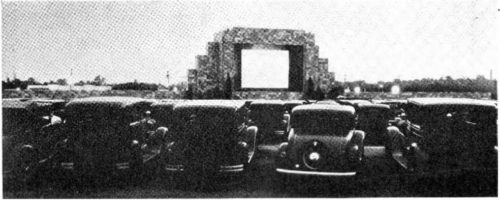
When Hollingshead’s patent was overturned in 1949, drive-ins exploded in popularity around the country. Thousands of new outdoor theaters popped up throughout the U.S., many of them specializing in so-called “B-movies,” as theater rentals for classier fare tended to be cost-prohibitive. Brandon Peters of the Cult Cinema Cavalcade podcast said that this material helped sell the drive-in to Middle America. He explained, “For genre fare, it was largely beneficial to the Midwest and smaller town crowd that lacked a 42nd Street where grindhouse, Italian horror, and other types of films with double-features were a 24-hour a day experience.”
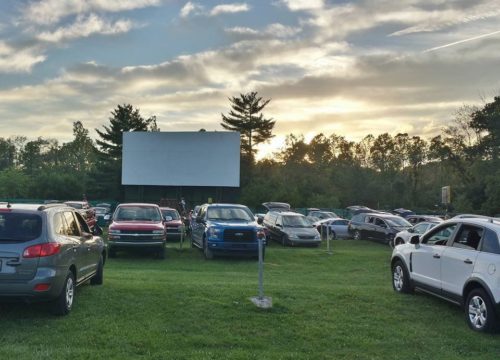
(@CenterBrook Drive-In, Martinsville, IN)
An article from the October 14, 1950, issue of The Saturday Evening Post looked at the popularity of the drive-in, including their reputation as “passion pits” (a notion parodied to some extent in the film Grease). This reputation seemed to be built in part on conventional theater owners who decried the drive-in as a fad and looked for ways to undermine an innovation that was draining customers to other locations.
The fortunes of the drive-in took a downturn in the 1980s as factors like cost, competition from larger, more comfortable cineplexes, and advances in picture and sound technology took their toll. A regular theater could more easily install new projectors and equipment that kept up with the expectations of the studios in terms of sound and picture, but it was more of a challenge for the drive-in setting in terms of the overall expense
Drive-ins continue to operate in all but a few states. Though far below the estimated peak of around 5,000 outdoor screens during the 1960s, the 348 remaining drive-ins continue to be a regular choice for families. Organizations like the United Drive-In Theatre Owners Association work to get the word out on the format.
And new drive-ins do occasionally appear. The Moon-Lite Drive-In Theater in Terre Haute, Indiana, expects to open in the near future near the original site of the North Drive-In, which closed in 1988. Proprietor Brent Barnhart grew up in Terre Haute and saw many social media posts from people that missed the North. He was in a unique position to do something about it, however, as he owns three conventional cinemas and acquired the Starlite Drive-In in Bloomington, Indiana, last year.
“[I’d] drive by that screen and think ‘What if?’,” Barnhart said. He explained that drive-ins still work because “they are sort of few and far between. They’re a destination, an experience, a place to bring your children and grandchildren. The concept is just still really cool . . . you can spread out your blanket and chairs and take in a movie under the stars.”
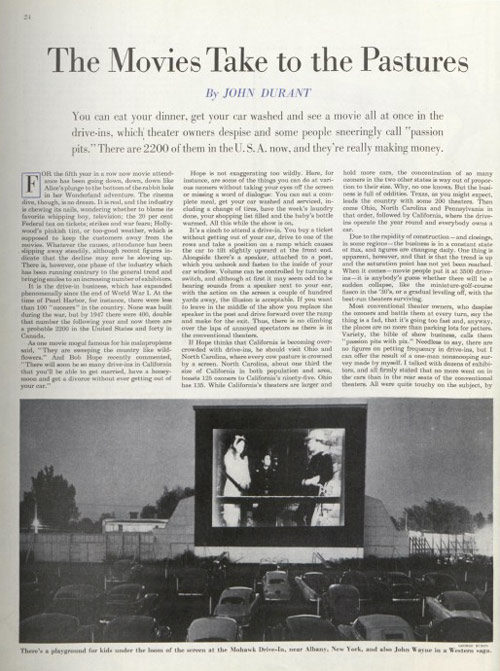
Become a Saturday Evening Post member and enjoy unlimited access. Subscribe now
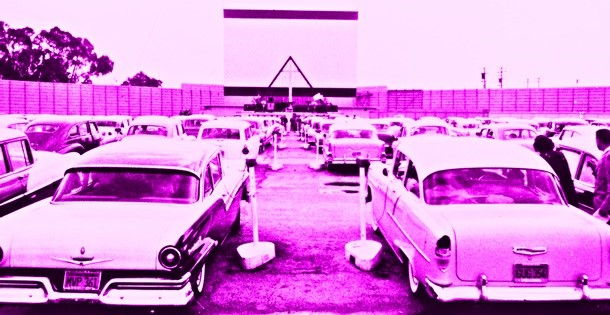

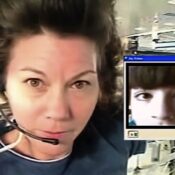

Comments
Love drive ins! Colorado still has a couple I know of, Fort Collins and Pueblo. Both were great and perfect for date night! They’re cheap as well! Between 8-10 per person for 2 movies, with popcorn or candy or any other food only being a couple bucks extra. Compared to the theaters that are now adding drinks and other food, we usually spend about $60 or more at the theater for two people (popcorn and drinks). Drive ins are worth it in my opinion, especially when wanting to save money but still see movies on a big screen. It’s also comfortable to be in our own car, set our own volume from the radio and bring other things we need like water or extra candy we like. The only problem I worry about is our car dying and we have to turn it on and off (our newer car shuts the radio off every 20 minutes or so). We constantly have running lights when the engine isn’t running but the electronics are on, so that’s annoying as well (tried looking in the manual but it says they can’t be turned off).
Other than the running lights and dying battery, drive in’s are the best and should pop up in more areas! I think they’d be a big hit!
My family and I live in southwestern Indiana. Our drive-in closed in the 80’s but we still drive 1.5 hours several times a year to go to any one of 5 within driving distance of us. We usually get back home around 2:30am after a double feature…sure wish they would open one around us. Many people don’t realize that the new digital projectors are making the drive-in experience a whole new game! The picture quality is just outstanding compared to the old projectors and tuning in with an FM radio is far superior to the old speaker system. We love the atmosphere at the drive-in.
Sounds like Indiana is the place to be for drive-in movies, Troy. Really interesting feature here on their history, right up to the present. I love the photos you included here too.
The ‘pink & white’ outer picture with the ’57 Fairlane & ’55 Chevy is my favorite. At first glance I thought that was the ‘Art’; it does qualify! It’s a shame that the so-called “advances” in picture and sound quality have largely been squandered on never-ending, mind-numbing, pyrotechnic dependent crutch junk; still hiding behind the term “special effects”.
The color in many of today’s films seems to have deteriorated into this ‘blue-ish’ weirdness that can’t compare to real color at all. Digital–I know. Occasionally there are good films released in mainstream theaters like ‘Chappiquiddick’. I saw it recently. Mostly though, ‘real’ films are only in the limited release theaters anyway, and that’s perfectly fine. They wouldn’t work for drive-ins.